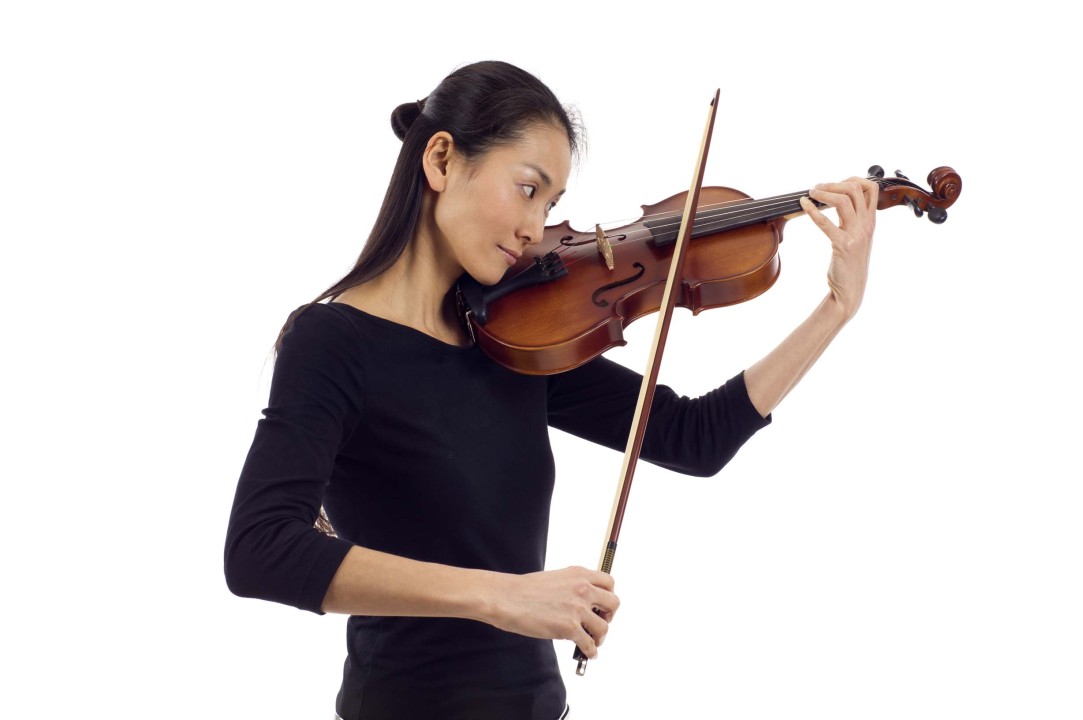This week, my education journey takes me to Japan.
You wouldn’t immediately think that Japan would be opening up to private international schools. This country has great PISA and TIMSS results and stands as one of the best-performing Government school systems in the world. The schools are free to the national population, who are sophisticated, hard-working and well-educated. They are people who happily inhabit both the modern and the traditional world.
Japan is also a country that could practise isolation while, for centuries. the rest of the world was going global. It is still a country where the people still don’t mind much, not knowing English. Only slowly does the English language find its way onto their maps and roadside signs, often as a footnote.
The people of Japan have a school system searching for merit in the young, instilling discipline (heaven knows, the children clean their own classrooms), educating broadly, pushing culture and achievement, and rewarding talent and effort wherever it can be found.
But, such is the mischief of private education that, even here, international schools are emerging and expanding.
Not just the Embassy schools (and, apparently, Rugby School are now ready to follow). After all, schools of this type make ready sense for diplomats and higher-wealth expatriates. This is a school type that grew and spread through the 20th Century, capital city by capital city, around the world for people who travelled abroad but want a safe, domestic offering for their children.
No, today, there is expansion in Japan for the middle and mid-high price range schools, too. For schools where, for entry, you do not need to show your passport
And right at the heart of the growth, we should not be surprised to find the Singaporean group, the Global Schools Foundation.
Atul Temurnikar, their energetic and smart leader, runs GSF in the style and mode of his home country. He unlocks countries to the East, both because he is born of the East and because he has the business experience to be just as comfortable working with the West.
He builds schools with Eastern curricula; he builds schools with Western curricula. And he is building schools that offer both.
Atul can do these things because, with his team, he can see and understand how parents think (very differently) in India, China, Korea, China, Vietnam…. I am not going to give away his trade secrets about Japan but there really is no substitute for seeing these emerging markets through regional and local eyes.
The education debate about schools in the West is obsessed with the state systems that pre-dominate, even when some of our best schools sit outside the state approach. The West has been developing and re-cycling ideas and research about their own state-run practices, not global practices. All too often, the debate has been inward-looking.
I have no doubt that countries like the UK have brilliant curriculum designers and developers, strong pedagogy and teacher-trainers, high-quality examinations and qualifications. All of this provides the fabric and infrastructure for a healthy school model.
But when it comes to deploying these ‘creative commons’ in the emerging world, that is full of opportunity and adventure, the West needs quickly ‘to get humble and learn’.
To seize opportunities to expand their educational solutions globally, educators in the West need to ask the right questions – so we can continue to benefit from the intellectual investment we have put into the last 150 years of world schooling. Those questions are not uni-dimensional: what works? what makes a school good? how much accountability should we instil? how often should we inspect? how long, and how, should we train?
Last week I bumped into the super-bright guys at the Gates Foundation who speak of their frustration at finding ‘universals’ in country’s health services – such as the benchmark of 140 dollars per person for a viable national system – while educational universals elude them.
But this is because great education is rooted in culture and context. It is co-produced with parents and with the local community. Very, very different solutions can be made to work!
I sometimes feel like the only educator in the world who finds the statement that, “no education system can be better than the quality of its teachers” to be rather bizarre. The Eastern schools and families that I know often cause me to stop and wonder, why do we repeat such nonsense? There are many other crucial factors affecting student performance. Children in Asia all too often perform well above expectations because of the contribution of the home.
More than this, John Hattie has done us great service in the West with his brilliant, encyclopaedic studies into best practices. But we must be sensitive as we interpret what John has given us. When 90 per cent and more of the studies are Western, they do not generate a guide to best practices that is universal.
Education takes many forms. Just ask the super-Western teachers in Korean private international schools, as they scrap with a local version of the Pacific ‘Tiger Mom’. The argument is often over the modern methods of the foreign teachers, because the methods simply don’t look rigorous enough! Who is right?
Atul and his team do not work with this Western disadvantage. Like the country they come from, and reflect – Singapore – they are cleverly leading the way in bridging West and East. Their progress leads to a new form of educational practices, changing form in each new country they enter, adapting to culture, adapting to people and adapting to price.
They have a lot they can show us, as the world moves ever faster in growing a powerful body of diverse, modern, international schools.


